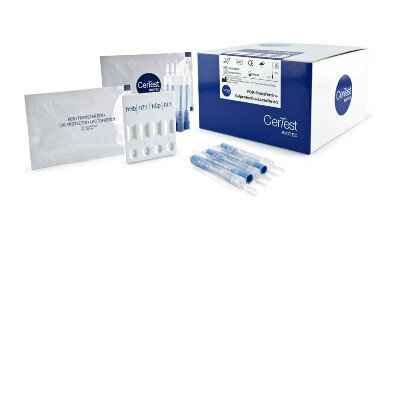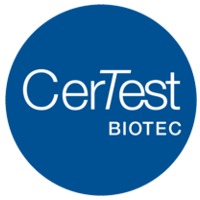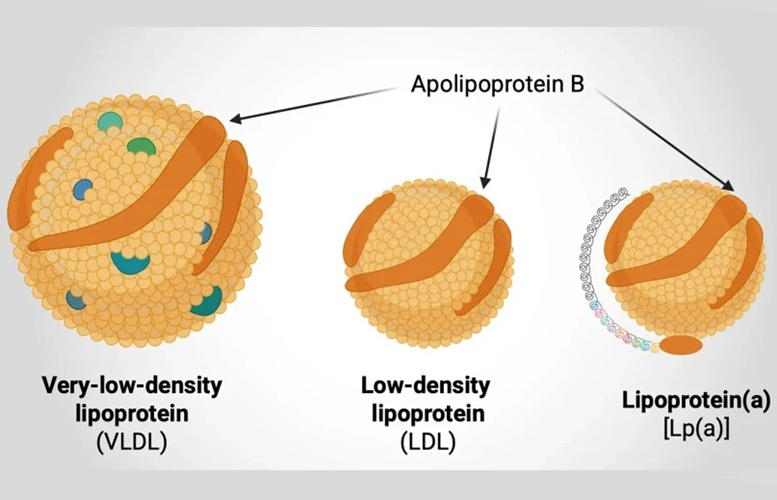Innovative Imaging Method to Revolutionize Microscopy
|
By LabMedica International staff writers Posted on 02 Aug 2024 |
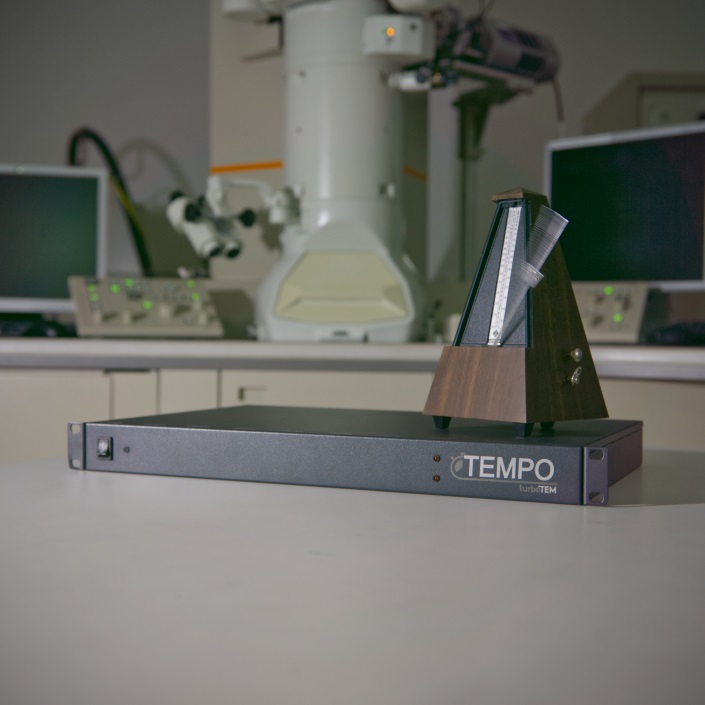
Currently, scanning transmission electron microscopes (STEMs) employ a highly focused electron beam that traverses a sample, creating images point by point. Traditionally, at each point, the beam pauses for a constant, predetermined duration to gather signals, akin to how cameras with photographic film function, resulting in uniformly exposed images across all areas. This method continuously exposes the sample to electrons until the set "dwell-time" for each pixel elapses. Although simple to implement, this technique can subject the sample to excessive radiation, potentially altering or destroying it. Now, a pioneering imaging technique utilizing advanced microscopes has significantly reduced the time and radiation needed for imaging. This advancement is particularly beneficial for fields like medicine, where it promises enhanced imaging of sensitive materials, such as biological tissues, which are highly susceptible to damage.
The new method, devised by an international research group led by Trinity College Dublin (Dublin, Ireland), fundamentally rethinks the traditional imaging process. Rather than measuring the number of detected "events" – electrons scattered from various parts of the sample – over a fixed period, this innovative approach employs an event-based detection system that records the time it takes to detect a predetermined number of events. Both methods provide comparable "detection rate" image contrast, but the novel mathematical theory introduced by the team reveals that while the first electron detected at each position offers substantial information for image construction, additional electrons contribute increasingly less information. Importantly, every electron interacting with the specimen carries a similar risk of damage.
This method enables shutting off the illumination precisely when imaging efficiency becomes optimal, thus requiring fewer electrons to produce an image of equal or superior quality. However, the theory alone does not reduce radiation exposure. To implement this reduced radiation mode, the team has patented a system called Tempo STEM, which integrates a high-tech "beam blanker" that can quickly shut off the beam after achieving the desired accuracy at each sample point. This innovative combination of two cutting-edge technologies marks a significant advancement in microscopy capabilities. By enabling the electron beam to be rapidly turned on and off in response to real-time events, a capability not previously available, this approach not only reduces the overall radiation dose needed for high-quality images but also minimizes unnecessary radiation that offers diminishing returns, thereby protecting the sample from potential damage.
“We tend to think of electrons as relatively mild from a radiation perspective, but when they are fired at a tiny biological sample at speeds of around 75% the speed of light, it’s no surprise that they damage these samples,” said Dr. Jon Peters, Trinity, first author of the research published in the leading international journal Science. “This has been a major issue for microscopy, as the images you get back could be unusable, or worse, misleading. This is obviously problematic if you need to make decisions on future battery materials or catalyst development.”
Related Links:
Trinity College Dublin
Latest Pathology News
- AI-Based Model Predicts Kidney Cancer Therapy Response
- Sensitive and Specific DUB Enzyme Assay Kits Require Minimal Setup Without Substrate Preparation
- World’s First AI Model for Thyroid Cancer Diagnosis Achieves Over 90% Accuracy
- Breakthrough Diagnostic Approach to Significantly Improve TB Detection
- Rapid, Ultra-Sensitive, PCR-Free Detection Method Makes Genetic Analysis More Accessible
- Spit Test More Accurate at Identifying Future Prostate Cancer Risk
- DNA Nanotechnology Boosts Sensitivity of Test Strips
- Novel UV and Machine Learning-Aided Method Detects Microbial Contamination in Cell Cultures
- New Error-Corrected Method to Help Detect Cancer from Blood Samples Alone
- "Metal Detector" Algorithm Hunts Down Vulnerable Tumors
- Novel Technique Uses ‘Sugar’ Signatures to Identify and Classify Pancreatic Cancer Cell Subtypes
- Advanced Imaging Reveals Mechanisms Causing Autoimmune Disease
- AI Model Effectively Predicts Patient Outcomes in Common Lung Cancer Type
- AI Model Predicts Patient Response to Bladder Cancer Treatment
- New Laser-Based Method to Accelerate Cancer Diagnosis
- New AI Model Predicts Gene Variants’ Effects on Specific Diseases
Channels
Clinical Chemistry
view channel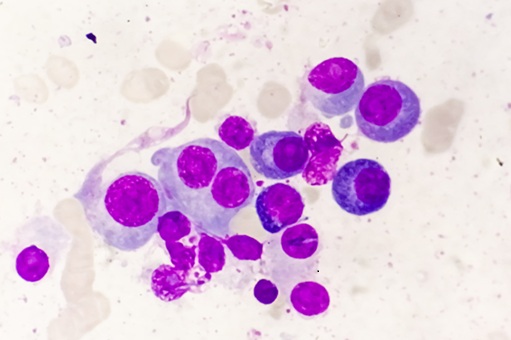
Mass Spectrometry-Based Monitoring Technique to Predict and Identify Early Myeloma Relapse
Myeloma, a type of cancer that affects the bone marrow, is currently incurable, though many patients can live for over 10 years after diagnosis. However, around 1 in 5 individuals with myeloma have a high-risk... Read more
‘Brilliantly Luminous’ Nanoscale Chemical Tool to Improve Disease Detection
Thousands of commercially available glowing molecules known as fluorophores are commonly used in medical imaging, disease detection, biomarker tagging, and chemical analysis. They are also integral in... Read more
Low-Cost Portable Screening Test to Transform Kidney Disease Detection
Millions of individuals suffer from kidney disease, which often remains undiagnosed until it has reached a critical stage. This silent epidemic not only diminishes the quality of life for those affected... Read more
New Method Uses Pulsed Infrared Light to Find Cancer's 'Fingerprints' In Blood Plasma
Cancer diagnoses have traditionally relied on invasive or time-consuming procedures like tissue biopsies. Now, new research published in ACS Central Science introduces a method that utilizes pulsed infrared... Read moreMolecular Diagnostics
view channel
New Genetic Tool Analyzes Umbilical Cord Blood to Predict Future Disease
Children are experiencing metabolic problems at increasingly younger ages, placing them at higher risk for serious health issues later in life. There is a growing need to identify this risk from birth... Read more
Spinal Fluid Biomarker for Parkinson’s Disease Offers Early and Accurate Diagnosis
Parkinson’s disease is a neurodegenerative condition typically diagnosed at an advanced stage based on clinical symptoms, primarily motor disorders. However, by this time, the brain has already undergone... Read moreHematology
view channel
New Scoring System Predicts Risk of Developing Cancer from Common Blood Disorder
Clonal cytopenia of undetermined significance (CCUS) is a blood disorder commonly found in older adults, characterized by mutations in blood cells and a low blood count, but without any obvious cause or... Read more
Non-Invasive Prenatal Test for Fetal RhD Status Demonstrates 100% Accuracy
In the United States, approximately 15% of pregnant individuals are RhD-negative. However, in about 40% of these cases, the fetus is also RhD-negative, making the administration of RhoGAM unnecessary.... Read moreImmunology
view channel
Stem Cell Test Predicts Treatment Outcome for Patients with Platinum-Resistant Ovarian Cancer
Epithelial ovarian cancer frequently responds to chemotherapy initially, but eventually, the tumor develops resistance to the therapy, leading to regrowth. This resistance is partially due to the activation... Read more
Machine Learning-Enabled Blood Test Predicts Immunotherapy Response in Lymphoma Patients
Chimeric antigen receptor (CAR) T-cell therapy has emerged as one of the most promising recent developments in the treatment of blood cancers. However, over half of non-Hodgkin lymphoma (NHL) patients... Read moreMicrobiology
view channel
New Test Diagnoses Bacterial Meningitis Quickly and Accurately
Bacterial meningitis is a potentially fatal condition, with one in six patients dying and half of the survivors experiencing lasting symptoms. Therefore, rapid diagnosis and treatment are critical.... Read more
Handheld Device Delivers Low-Cost TB Results in Less Than One Hour
Tuberculosis (TB) remains the deadliest infectious disease globally, affecting an estimated 10 million people annually. In 2021, about 4.2 million TB cases went undiagnosed or unreported, mainly due to... Read more
New AI-Based Method Improves Diagnosis of Drug-Resistant Infections
Drug-resistant infections, particularly those caused by deadly bacteria like tuberculosis and staphylococcus, are rapidly emerging as a global health emergency. These infections are more difficult to treat,... Read more
Breakthrough Diagnostic Technology Identifies Bacterial Infections with Almost 100% Accuracy within Three Hours
Rapid and precise identification of pathogenic microbes in patient samples is essential for the effective treatment of acute infectious diseases, such as sepsis. The fluorescence in situ hybridization... Read moreTechnology
view channel
Disposable Microchip Technology Could Selectively Detect HIV in Whole Blood Samples
As of the end of 2023, approximately 40 million people globally were living with HIV, and around 630,000 individuals died from AIDS-related illnesses that same year. Despite a substantial decline in deaths... Read more
Pain-On-A-Chip Microfluidic Device Determines Types of Chronic Pain from Blood Samples
Chronic pain is a widespread condition that remains difficult to manage, and existing clinical methods for its treatment rely largely on self-reporting, which can be subjective and especially problematic... Read more
Innovative, Label-Free Ratiometric Fluorosensor Enables More Sensitive Viral RNA Detection
Viruses present a major global health risk, as demonstrated by recent pandemics, making early detection and identification essential for preventing new outbreaks. While traditional detection methods are... Read moreIndustry
view channel
Cepheid and Oxford Nanopore Technologies Partner on Advancing Automated Sequencing-Based Solutions
Cepheid (Sunnyvale, CA, USA), a leading molecular diagnostics company, and Oxford Nanopore Technologies (Oxford, UK), the company behind a new generation of sequencing-based molecular analysis technologies,... Read more
Grifols and Tecan’s IBL Collaborate on Advanced Biomarker Panels
Grifols (Barcelona, Spain), one of the world’s leading producers of plasma-derived medicines and innovative diagnostic solutions, is expanding its offer in clinical diagnostics through a strategic partnership... Read more







